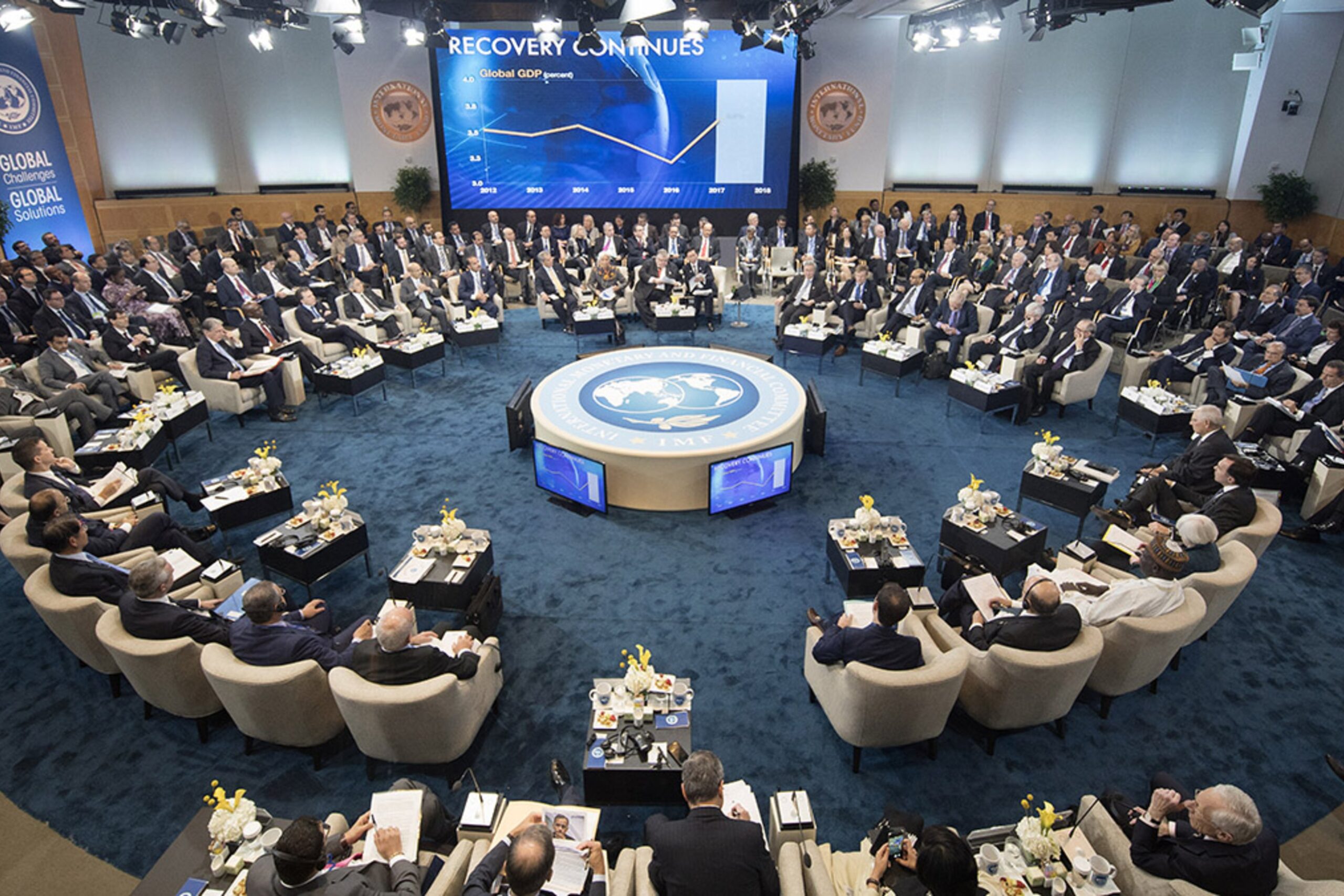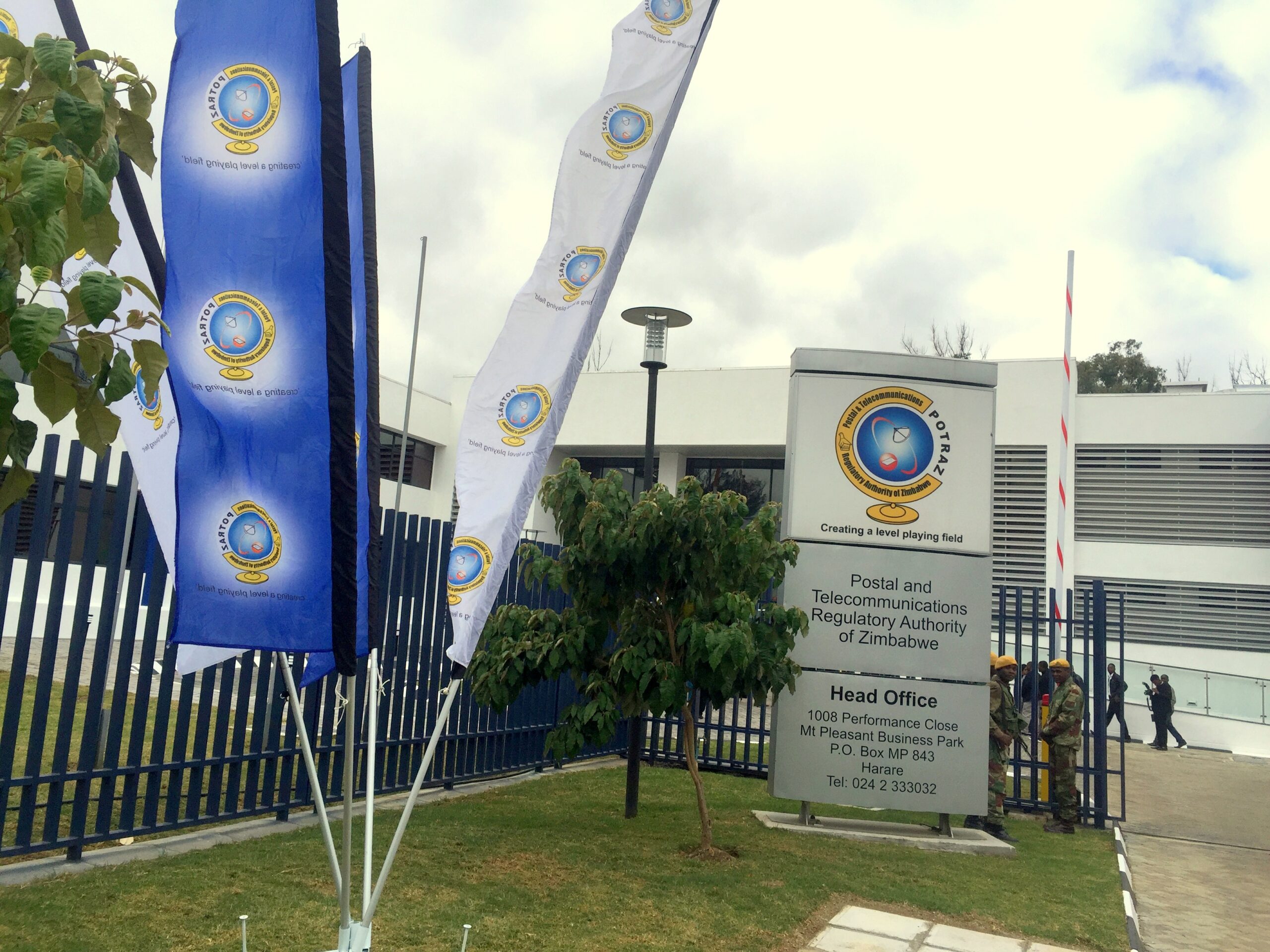Govt targets 75% internet penetration
GOVERNMENT says it is targeting to increase internet penetration rate to reach 75% by 2025.
Women’s Affairs, Community, Small and Medium Development minister Sithembiso Nyoni said this while delivering a keynote address at the General Assembly in New York, recently.
“The National Development Strategy 1, 2021-25, prioritises innovation, implementation and grounding Information and Communication Technology (ICTs) systems in both public and private sectors,” she said.
“The government of Zimbabwe is increasing internet coverage rate from 59,1% in 2020 to 75,4% by 2025. The mobile penetration rate is expected to increase from the current 94,2% to 100% by 2025.”
Nyoni said government had embarked on a project to set up community information centres (CICs) to enable hard-to-reach communities access to ICTs.
According to Nyoni, there are over 200 operational CICs countrywide offering training and free internet access to the communities, with over 40 expected to be commissioned this year.
Zimbabwe is providing schools with power supplies, solar panels, computer devices and internet connectivity targeting 2 700 schools. To date, 1 100 schools have benefited from the project. Government has developed a financial inclusion strategy aimed at promoting women’s access to finance, while further promoting savings and women’s economic empowerment projects through the establishment of the Women’s Bank.
In November last year, Information Communication Technology, Postal and Courier Services minister Jenfan Muswere revealed that the internet penetration rate had increased while broadband network extension remained an issue.
Broadband network extension remains an issue. While the country’s broadband coverage may be high, significant portions of the population remain unconnected. The Postal and Telecommunications Regulatory Authority of Zimbabwe (Potraz) has been rolling out a number of ICT access and use programmes and projects.
To ensure universal access to information, Potraz is funding the relocation of collocated towers around the country to ensure communities in remote rural areas have at least 2G connectivity and participate in the digital economy.-newsday









